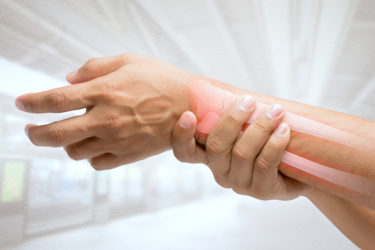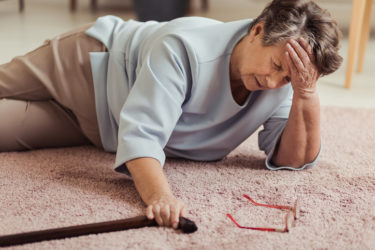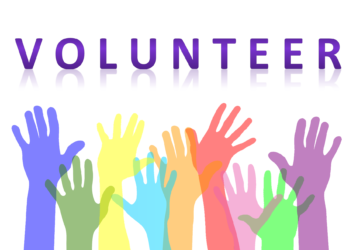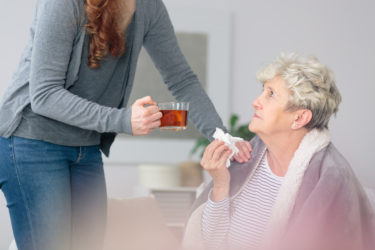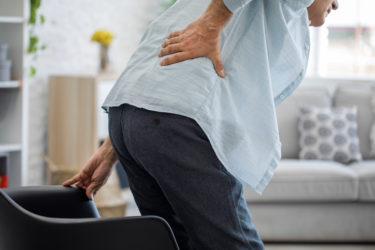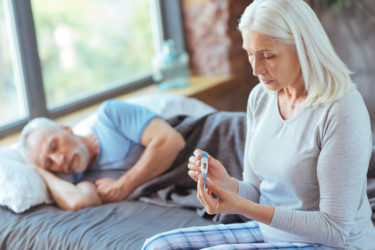What is osteoporosis and what can you do as a caregiver to help your loved one with osteoporosis?
In this post, I will go over what osteoporosis is and what the steps you can take to help.
Osteoporosis Definition
Your bone is a living and growing tissue that is constantly rebuilding itself.
As part of your bone wears away, another process in your body build up new bone tissue.
This process happens all throughout your life.
In osteoporosis, these processes become dysfunctional. In osteoporosis, bones wear away quicker and/or the corresponding function that builds new bone no longer work.
Thus, people with osteoporosis have bones that are porous, weak and which easily break.
In fact, the bones of people with osteoporosis can become so weak that something as simple as a cough or bending over can cause a fracture.
It doesn’t help that the chances of your elderly loved one falling also increase with age; further increasing the risk for broken bones.
About 54 million Americans are thought to have osteoporosis or are at risk for it.
Women are more likely to get osteoporosis than men. As a matter of fact, one in two women is at risk for osteoporosis whereas that ratio is one in four for men.
Caucasian and Asian women are at a higher risk of osteoporosis than women of other races.
Signs and symptoms of osteoporosis
- Back pain
- A loss of height over time
- Bent over posture
- Frequent fractures
What you can do as a caregiver to help
- If you start noticing some of the symptoms above or your elderly loved one starts to get fractures after seemingly harmless tasks, it is time to consult with a doctor about osteoporosis. Doctors may conduct a bone density test to measure the amount of calcium and other bone-hardening minerals.
- Encourage a healthy diet with an emphasis on calcium, Vitamin D and protein. These include:
- Sardines in oil with bones
- Milk
- Yogurt
- Cheese
- Eggs
- Kale
- Orange juice with added calcium
- Broccoli
- Almonds
- Okra
- Sesame
- Salmon with bones
- Set up a safe home environment that decreases the risk of falls. Check out this post and this one on things you can do to keep the home safe for older adults.
- If your elderly loved one smokes, you will have to encourage them to quit. Smoking causes the loss of bone. Quitting smoking removes that external pressure.
- Encourage your loved one to keep a healthy weight through proper diet and light exercise. It’s important that the exercise your elderly loved one chooses is not one that can put strain on the bones. A walk through the neighborhood 30 minutes 3-4 times a weak is enough exercise. Exercise makes bones stronger. With proper diet, medication and moderate exercise, the effects of osteoporosis will be reduced. **Please talk to your elderly loved one’s doctor before starting an exercise regimen.
- Drinking can also reduce bone mass. Encourage your loved one to reduce their alcohol intake or quit altogether.
- If the doctor places your loved one on medications to help with osteoporosis, encourage them to stick with the medication schedule.
Closing Thoughts
As we get older, the risk for bone disease increases. For a female elderly loved one, this risk for osteoporosis is increased by a large margin compared to men.
And while all the underlying causes of osteoporosis are not fully understood, it is possible for you as a caregiver to help your loved one live a functional and productive life in spite of the disease.
Did you find this post helpful?
Consider sharing it with someone else who is looking for how they can help their elderly loved one with osteoporosis.

